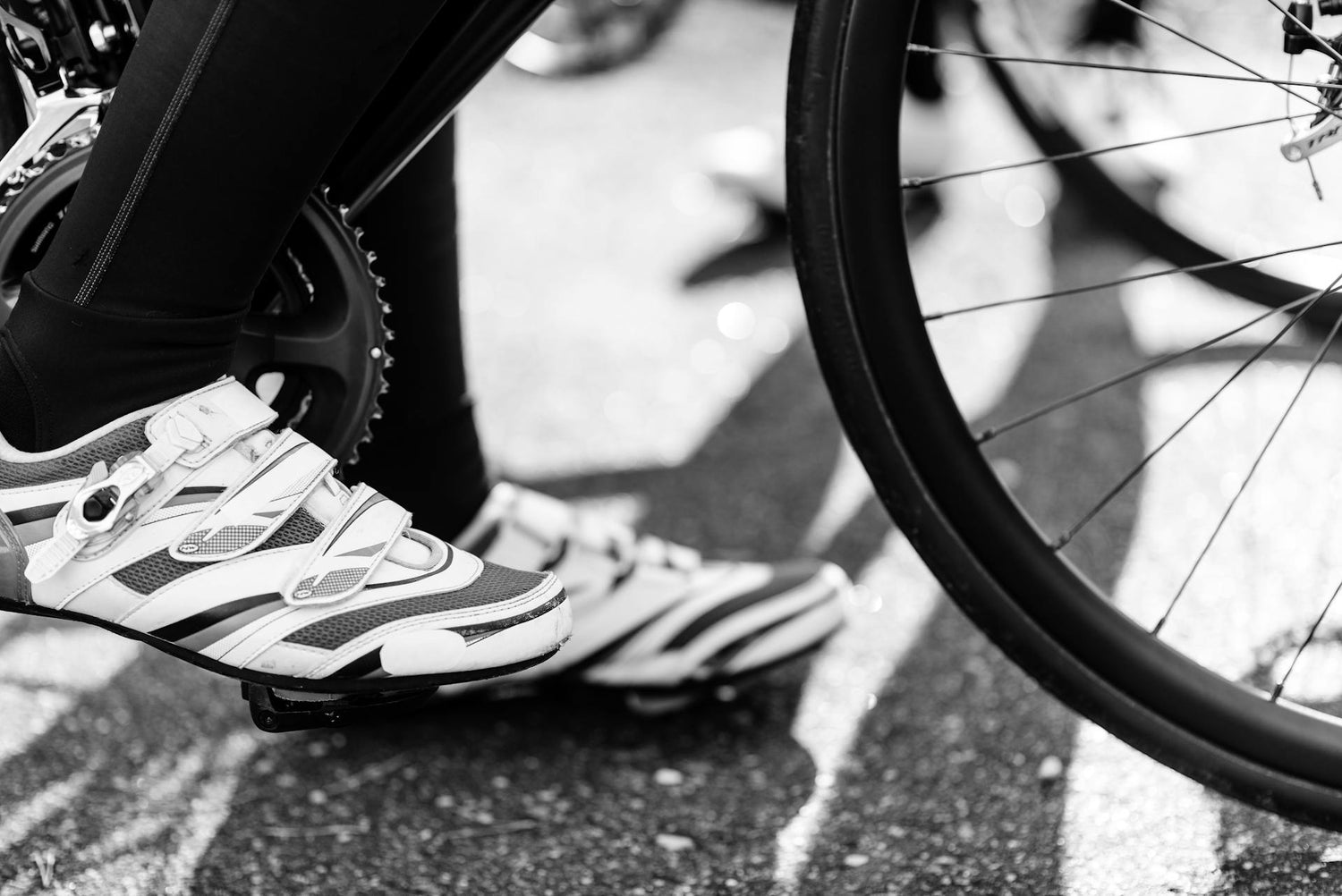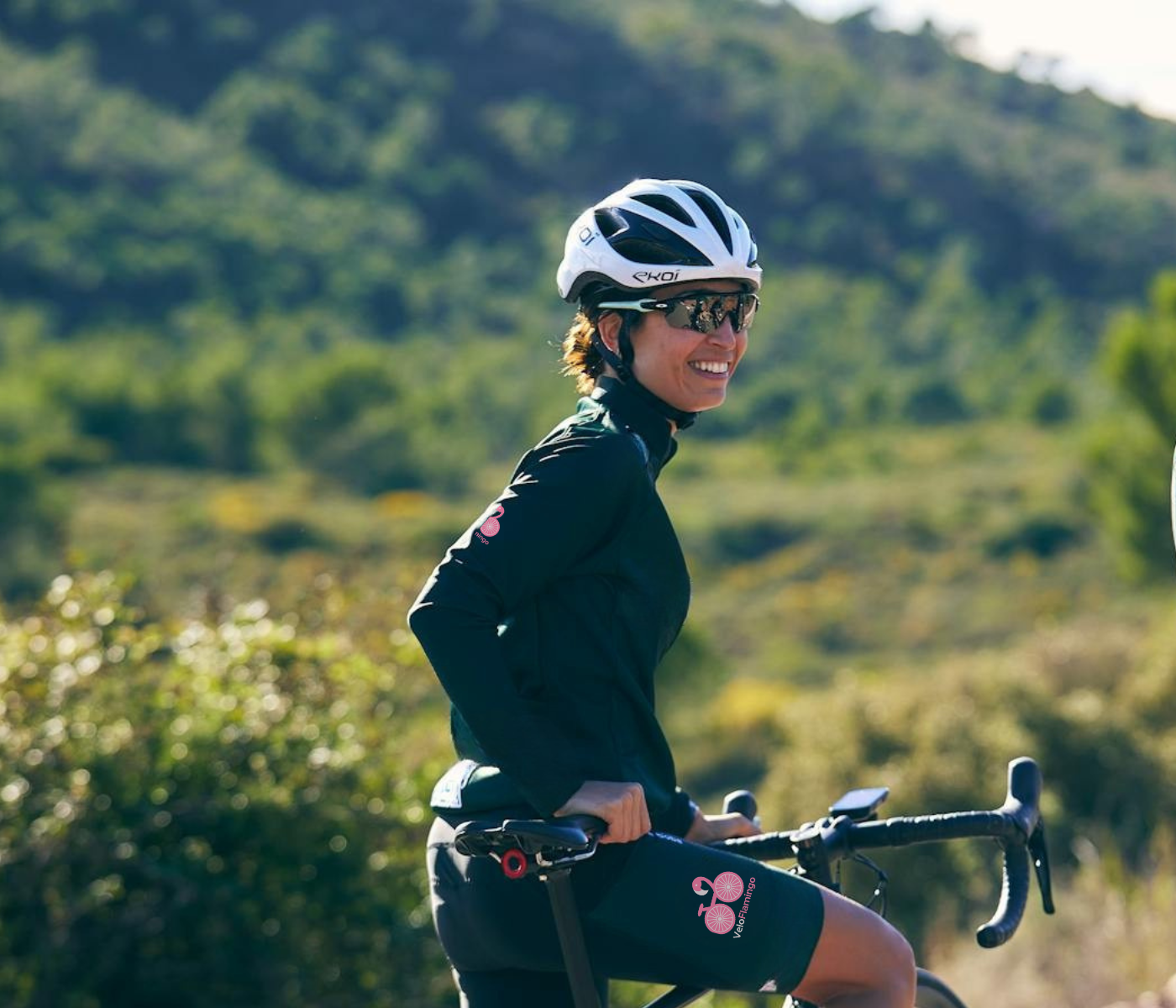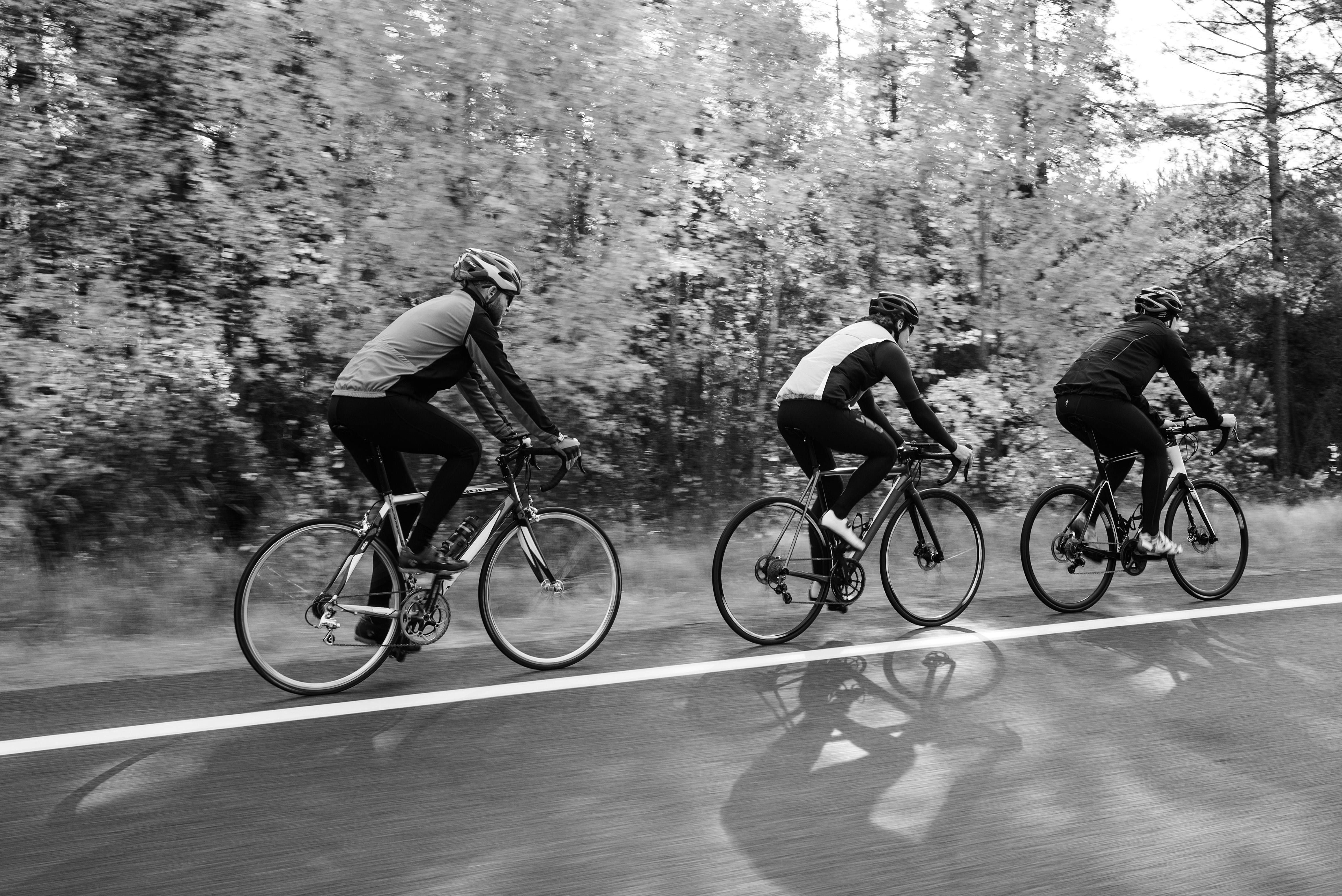So, you're a cyclist, or you're thinking about becoming one.
Fantastic! Welcome to the club!
Whether you're picturing yourself climbing those beautiful mountain trails, cruising along scenic roads or simply commuting to work, one crucial piece of kit that is often overlooked is your footwear. Yes, we're talking about cycling shoes. They're not just fancy looking shoes - they're your direct connection to the bike and choosing the right pair can make a world of difference.
Let's think about the world of cycling shoes, covering everything from the basics to the nitty-gritty details. We'll explore the various disciplines, the differences between men's and women's shoes and, of course, the all-important pedal compatibility. Get ready to have your feet transformed!

Road Cycling: Speed and Efficiency
If you're a roadie, speed and efficiency are your mantras. Road cycling shoes are designed to be lightweight and stiff, maximising power transfer with every pedal stroke. These shoes typically feature a smooth, aerodynamic design and a rigid sole, often made of carbon fibre. This stiffness ensures that all your energy goes into propelling the bike forward, not flexing the shoe. Road shoes use a three-bolt cleat system, providing a secure connection to the pedal. The cleats protrude slightly, making walking a bit awkward (kinda like a penguin walking about…..) but who cares when you're flying down the road?

Comfort is also key, as long rides demand a snug but forgiving fit. Look for features like breathable mesh uppers and adjustable closures to fine-tune your comfort like the BOA Fit System or something similar and can be found on many different brands of shoes.
Mountain Biking: Grip and Durability
Mountain biking demands a completely different set of features. Durability, grip and walkability are paramount. Mountain bike shoes are built tough, with reinforced uppers and aggressive tread patterns for traction on rough terrain. These shoes also offer more protection against rocks and debris.
Unlike road shoes, mountain bike shoes use a two-bolt cleat system. These cleats are recessed, allowing for easier walking when you're off the bike. This is essential for those hike-a-bike sections or navigating tricky trails. Some mountain bike shoes even resemble hiking shoes, providing excellent walkability and versatility.
Touring: Comfort and Versatility
For those who love long-distance adventures like bike packing or audaxing, touring shoes strike a balance between comfort and efficiency. They need to be comfortable enough for hours in the saddle but also provide decent enough power transfer. Touring shoes often feature a more flexible sole than road shoes making them more comfortable for walking and exploring off the bike.
Many touring shoes use the two-bolt cleat system, similar to mountain bike shoes, for better walkability. Look for features like waterproof or water-resistant materials and reflective elements for added safety. Comfort is king here, so ensure a good fit and plenty of cushioning. We have been wearing Shimano touring shoes for both audaxing and gravel biking and they do everything we could possibly want. If you know your size, you’ll be spoilt for choice online!
Men's vs. Women's Cycling Shoes - is there realllyyyyy any difference?
While the basic principles apply to all cyclists, there are differences between men's and women's cycling shoes. Women's shoes are generally designed with a narrower heel cup and a shallower toe box to accommodate the anatomical differences between men's and women's feet. This ensures a more comfortable and secure fit. It's important to try on different brands and sizes to find the perfect fit. A well-fitting shoe can prevent discomfort, hot spots and even injuries. Don't assume your regular shoe size will translate perfectly to cycling shoes; always try them on in person if possible.
Pedal Compatibility: The Perfect Match
Once you've chosen your shoes, you'll need to ensure they're compatible with your pedals. Road shoes require road pedals, while mountain bike and touring shoes require mountain bike pedals. This compatibility is crucial for a secure and efficient connection. The cleat is the interface between your shoe and the pedal. It's essential to install the cleats correctly and adjust them to your preferred position. This will optimize your power transfer and prevent injuries. Don't hesitate to seek professional help if you're unsure about cleat installation or adjustment.
Finding Your Perfect Fit: Tips and Tricks
Try before you buy: If possible, try on different shoes and walk around in them to get a feel for the fit.
Consider sock thickness: The socks you wear can affect the fit of your shoes. Bring your cycling socks when trying on shoes.
Check for hot spots: Pay attention to any areas where the shoe rubs or feels uncomfortable.
Adjust the closures: Ensure the closures provide a secure and comfortable fit.
Don't forget the insoles: Insoles can make a big difference in comfort and support.
 Maintenance: Keeping Your Shoes in Top Shape
Maintenance: Keeping Your Shoes in Top Shape
Proper maintenance is essential for extending the life of your cycling shoes. Clean them regularly, especially after muddy rides (don’t leave them in a bag and let the cleats go rusty……not that we ever did that……) . Let them air dry and avoid using direct heat, which can damage the materials. Inspect the cleats for wear and replace them when necessary.
Choosing the right cycling shoes can significantly enhance your cycling experience. Whether you're a seasoned pro or a beginner, investing in a good pair of shoes is a worthwhile choice. Remember to consider your cycling discipline, fit and pedal compatibility.
Happy cycling!


